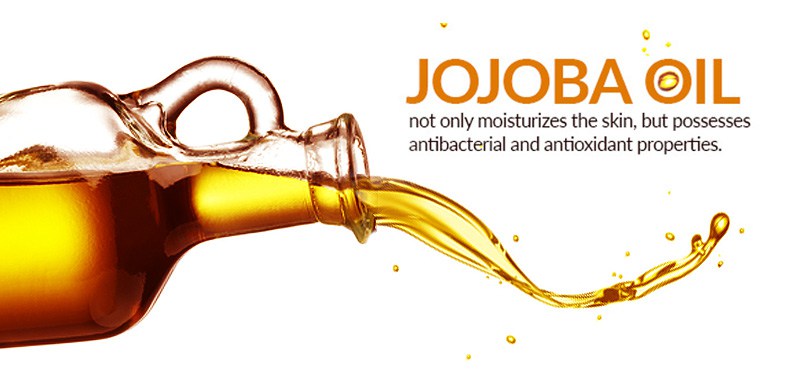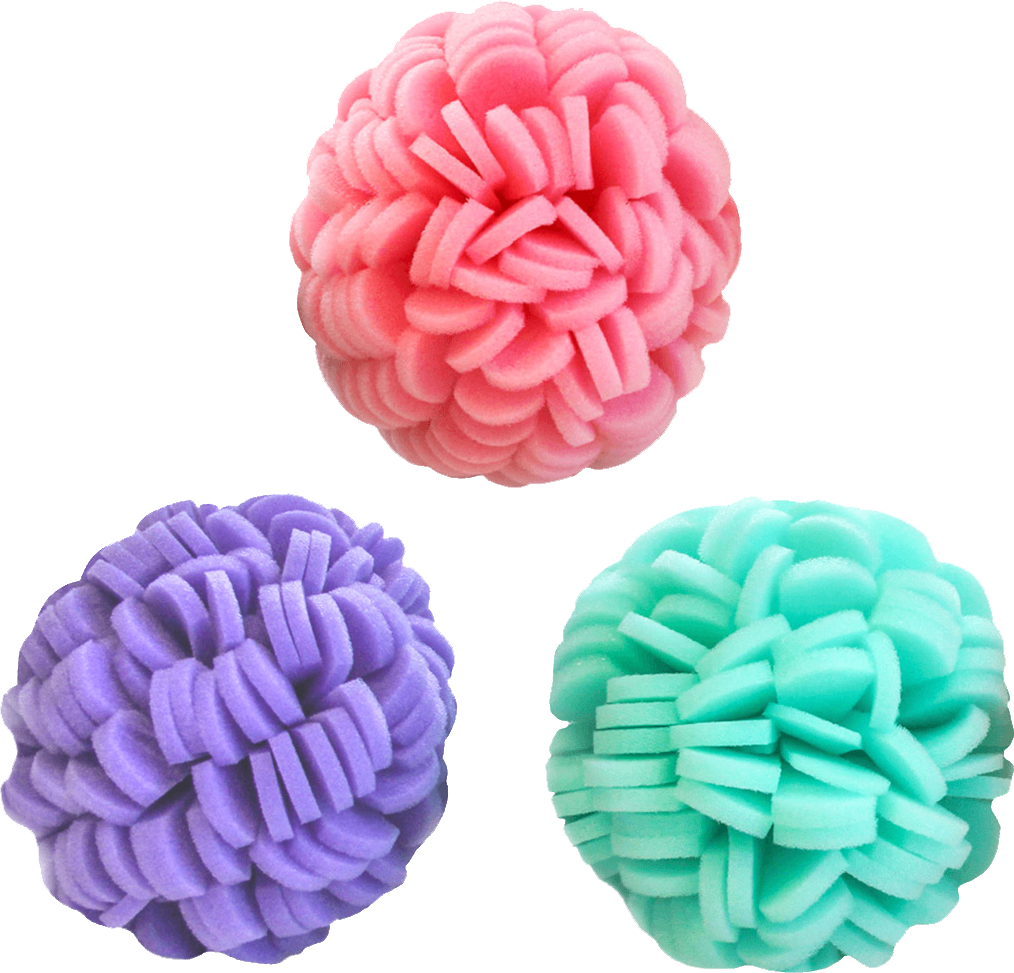Eczema
What is Eczema?
Eczema is an inflammatory skin condition that is characterized by any combination of the following: rashes, leathery skin, swollen skin, oozing or crusted lesions, dry skin, scaly skin, extreme itchiness, inflammation or discolored skin (National Eczema Association, The Eczema Society of Canada). Unfortunately, eczema comes in numerous physicalizations, such as dyshidrotic eczema, a blistering form of eczema that is typically limited to one’s fingers, palms, and soles of the feet. Similarly, atopic dermatitis is the most severe and long-lasting form of eczema. Atopic dermatitis is characterized by crusted and oozing sores and dry, itchy skin, and is typically found on one’s elbows, the back of one’s knees, and the face. Although most forms of eczema will affect flexors (the back of one’s knees and elbows, for example), eczema can affect skin on virtually anywhere on the body (The Eczema Society of Canada).
The medical community still has yet to determine the exact causes of eczema. For example, there is reasonable evidence that allergens (animal hair, pollen, etc) , allergic reactions, stress, hormones, topical irritants and harmful microbes may contribute to eczema’s development and severity, though these correlations are currently under review (National Eczema Association, Australian Society of Clinical Immunology and Allergy)
How Often Should I Exfoliate Eczematous Skin?
The frequency of exfoliation will always depend on one’s skin history and any existing skin conditions. Due to the sensitivity of eczematous skin, it should be exfoliated only once per week (or less) unless otherwise directed by a dermatologist (American Academy of Dermatology). Exfoliating skin too frequently can further deprive the skin of moisture, induce further irritation, and in some cases cause skin to overproduce sebum in compensation for lost hydration. However, foregoing exfoliation allows old skin cells to build up and prevent proper absorption of topical treatments.
What Ingredients are Best for Eczema?
While eczema does not have a cure, there are certain ingredients that can soothe eczematous skin.
Glycerin
Glycerin is a humectant that helps the skin to not only attract water, but keep it sealed with the skin. For example, topically-applied glycerin was found to not only hydrate the stratum corneum, but also served to fortify the skin barrier in those with eczematous skin (Skin Pharmacology and Physiology). More broadly, glycerin is able to deeply penetrate the skin and create a moisture reservoir (British Journal of Dermatology). Glycerin seldom induces an adverse reaction in patients (such as tingling or burning), which makes it especially desirable for those with combination eczematous and sensitive skin (Acta Dermato Venereologica). As an added bonus, glycerin can fortify the skin barrier by encouraging cell maturation and turnover ( International Journal of Cosmetic Science)

Urea
Urea is a great ingredient for treating dry skin, albeit one that hasn’t received its due acclaim. Over a 26-week trial, topically-applied urea was found to decrease the likelihood of an eczema relapse by about 1/3 the frequency of those who did not use a treatment (Journal of the European Academy of Dermatology and Venereology). Research published in the journal Acta Dermato Venereologica suggested that topically-applied urea can inhibit epidermal hyperproliferation in psoriatic patients. While eczema and psoriasis are different conditions, these findings indicate that urea may also assist in treating eczematous lesions and scaly dry patches. Urea can also treat signs of hyperkeratinzation, in which the skin becomes abnormally rough, hardened, and ridden by cracks and fissures (Journal of the American Academy of Dermatology) Urea has also been shown to improve the skin’s barrier function (Journal of Investigative Dermatology) which in turn could limit the transepidermal water loss, retain moisture, and limit infiltration by malignant bacteria.
Salicylic Acid
Salicylic acid is one of the most potent keratolytic agents in skin care, and of particular benefit for those with callouses, plaques, psoriasis and other conditions marked by dry and hardened skin. It works by breaking down the intercellular bonds of hardened skin cells, so that healthy skin may burst forth and so that topically-applied medications can penetrate the skin more easily (Clinics in Dermatology, Journal of the American Academy of Dermatology, Archives of Dermatological Research). Even better, topically-applied salicylic is believed to absorb into dry skin more quickly than into healthy skin, and also works within dry skin for longer periods than in other skin types (Clinics in Dermatology) Want to learn more? Check out our article: 5 Things that You Never Knew about Salicylic Acid Exfoliation.
Jojoba Oil
If you suffer from chronically dry skin, then jojoba oil is one of the best moisturizers that you could use. Jojoba oil is very similar to human sebum and partners nicely with our own naturally-produced sebum (Skin and Allergy News) As such, it is great at moisturizing the skin, and is even believed to help regulate the skin’s sebum production by tricking it into thinking that it is producing too much sebum (Dr. Joshua Zeicher for HowStuffWorks.com). Research has also suggested that jojoba oil possesses antibacterial, anti-inflammatory, analgesic and antioxidant properties (European Scientific Journal, Pharmacology Research), . As a penetration enhancer, jojoba oil assists other beneficial ingredients to burrow themselves further into the skin so that their effects may be more far-reaching (Journal of the American Oil Chemists’ Society, Journal of Cosmetic Science)

Chamomile
Chamomile contains soothing compounds like alpha-bisabolol which make it a fabulous anti-inflammatory agent. For example, some research suggests that chamomile may be of some benefit in soothing the pain associated with eczema, though this correlation is currently under investigation (Molecular Medicine Reports) Similarly, chamomile has demonstrated a propensity to accelerate wound healing and ease itching and inflammation in peristomal wounds (Ostomy Wound Management). Research published in the Journal of Wound Care found that topically-applied chamomile accelerated wound contraction and increased wound-breakage strength, whereas research published in the journal Phytohterapy Research suggested that chamomile may be more effective than corticosteroids in promoting wound healing. Although these studies examined different type of lesions, it is reasonable to believe that these properties would also apply to healing eczematous lesions.
Red Ginseng
An under-used ingredient, red ginseng is believed to possess noteworthy anti-inflammatory and anti-pruritic properties. Research published in the journal Planta Medica found that topically-applied red ginseng can significantly reduce itchiness, whereas a separate study from International Immunopharmacology found that red ginseng can exhibit noteworthy anti-inflammatory effects on atopic dermatitis-like lesions. Additional research has suggested the red ginseng can treat the severity of atopic dermatitis lesions, reduce transepidermal water loss, and even improve skin barrier functioning (Journal of Ethnopharmacology, Journal of Ginseng Research)

Which ViaBuff Puff Should I Use?

If you suffer from eczema, we suggest using the ViaBuff Level 2 Exfoliating Puff, which was designed specifically for those with eczematous and normal skin. Our puff is made of an open-cell polyurethane material that discourages water absorption so that the buff will not promote bacterial colonization. Our puffs are also designed with a large surface area, so that you can exfoliate more efficiently. The ViaBuff Level 2 Exfoliating Puff lasts an average of 90 days (though our customers report several months), which is three times longer than you standard puff or loofah. Even better, our puffs come in both Facial Mini sizes and Body sizes so that you can better tailor your exfoliative experience. Is your eczema in a hard-to-reach spot, or are mobility issues hampering your exfoliative routine? Never fear; we also offer a ViaBuff Handle so that you reach those hard-to-exfoliate places more easily.



